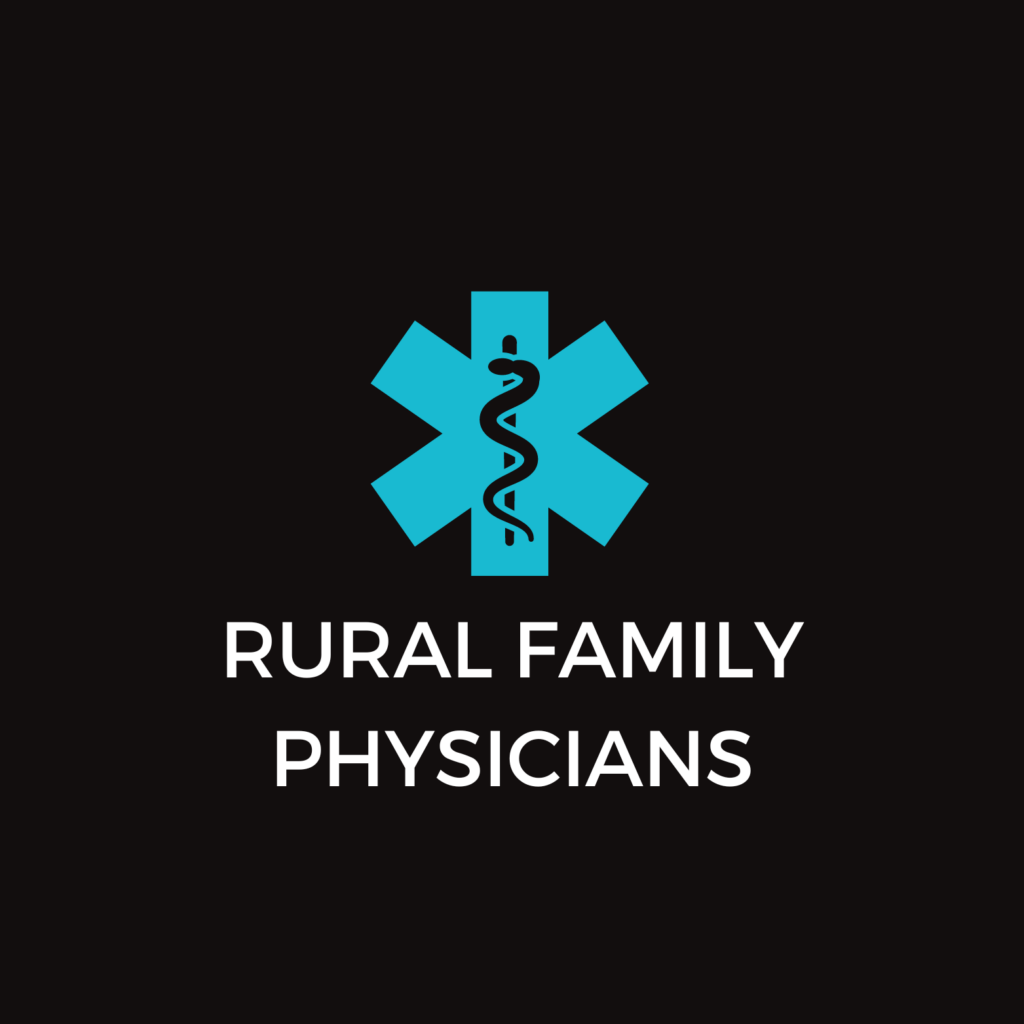As the latest administrative healthcare event occurred recently with sequestration, I’m left wondering how our history has encountered the various changes throughout the last one hundred years. Perhaps identifying how we got here will help us determine how to effectively handle our future. In 1900, the healthcare options were few – but cheap. The average American spent five dollars a year (an equivalent of $100 today) on their healthcare expenditures. A person didn’t need to budget for catastrophic events, insurance was of no use, and government intervention wasn’t a necessity.
With the development of antibiotics and the trend of maternity wards, hospitals replaced poorhouses, and healthcare administrators realized that people would pay for treatment when very ill. Baylor University located in Dallas invented the first insurance model that paid Baylor hospital on a per person per month (PMPM) basis. Baylor University employees received adequate healthcare, and the hospital was paid on a risk-sharing concept. After the Great Depression hit, hospitals around the country found themselves with empty beds and the Baylor model, now Blue Cross, became very appealing. Thus, the birth of our current insurance system was born and capitalism was linked with medicine.
In more recent years the government has initiated multiple reforms – some successful, others not. In 1965, President Johnson introduced Medicare and Medicaid. The Consolidated Budget Reconciliation Act (COBRA) of 1985 gave employees health coverage options after termination from employment. In 1997, the State Children’s Health Insurance Program (SCHIP) was created to cover children in poverty. A large healthcare reform movement was attempted during the Clinton administration, but ultimately failed. In 2010, the PPACA was passed and healthcare administrators and clinicians have been vivaciously working to accommodate the new mandates since. And just this week, the Colorado Medicaid expansion was signed into law by Governor Hickenlooper.
Our country has a long history that is continuously evolving to meet the demands of our citizens, accommodate new technology, and we must evolve ourselves. One group, one community, or one individual can create change. By building a foundation for coping with change transformation can occur. Fear, frustration and avoidance will be replaced with hope, energy and innovation. So, as we look at the impending consequences of sequestration and other changes in our healthcare system, let’s look at the opportunity to innovate. CHRC looks forward to working with you on innovating through programs like iCARE, Healthy Clinic Assessments and Community Health Needs Assessments. To learn more visit our website at www.coruralhealth.org



